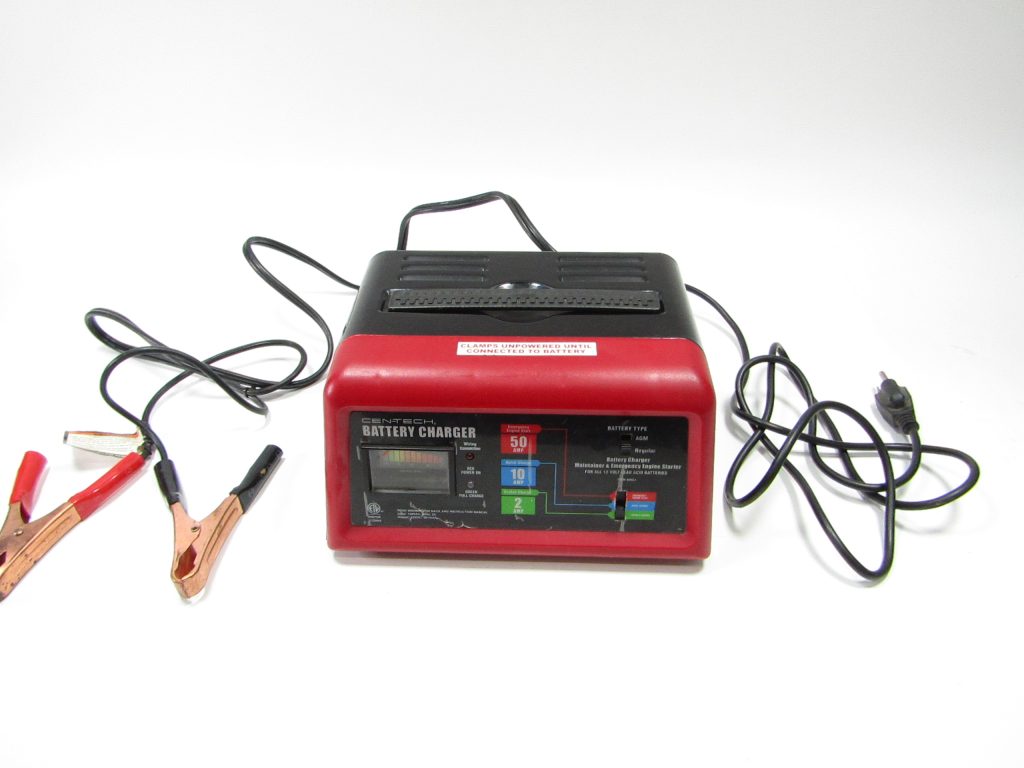Having a reliable battery charger is essential for anyone who regularly uses or maintains lead-acid batteries. The Cen-Tech battery charger model 60653 is a popular choice for its dual voltage functionality, efficiency, and robust feature set at an affordable price point.
This comprehensive guide explores the key specifications, usage instructions, care and maintenance recommendations, and troubleshooting techniques for the Cen-Tech 60653 charger. Follow these tips to select, utilize, and care for this charger tailored to your needs.Let’s dive in to make sure you have the ideal battery charger ready for any automotive, marine, or household 6V or 12V battery recharging!An Introduction to the Cen-Tech Battery Charger 60653The Cen-Tech 60653 battery charger provides versatile functionality for charging and maintaining both 6V and 12V lead-acid batteries in a single convenient unit.Key features of this model include:
Compatible with 6V and 12V batteriesMultiple charge rates up to 10A rapid chargingAutomatic float charging to maintain optimal battery healthLED indicators show charge status and battery conditionProtection against shorts, sparks, overcharging, and reverse polarityAutomatic shutoff when battery is fully charged
Input voltage – Standard 120V AC wall outlet input.Output voltage – Switchable between 6V DC and 12V DC charging outputs.Charge rates – 2A slow charge, 10A rapid charge current.Battery types – Works with all common 6V and 12V lead-acid batteries including wet, gel, AGM, etc.Protection circuits – Reverse polarity, short circuit, overload, overcharge protections.Clamps – Heavy duty insulated battery clamps with durable copper construction.Indicators – LEDs display charging mode and monitor progress.
Maintains peak battery charge without overcharging. Prevents battery drain during idle times.After initial charge, switch to the designated maintain or trickle charge setting as specified in the manual.Continue maintenance mode indefinitely without risk of battery damage. No need to disconnect.Check battery electrolyte levels periodically on wet batteries and top off with distilled water as needed.
Carefully attach the clamps to clean battery terminals to avoid sparks. Double check polarity.Position away from any water or flammable materials.Wear eye protection along with rubber gloves when handling batteries.Work in a well-ventilated area to prevent hazardous gas buildup.Unplug the charger before connecting or disconnecting the battery.Avoid using in extreme heat or cold. Optimal temperatures are 50-100°F.
Before first use, read the manual to familiarize yourself with the charger’s features and operation.Visually inspect the clamps, cables, and casing before each use to identify any damage needing repair.Clean the battery clamps regularly using a wire brush to remove corrosion and maintain conductivity.Store the charger unplugged in a cool, dry place when not in use. Avoid temperature extremes.Allow sufficient cooldown periods between charging sessions to avoid overheating.
Verify the AC outlet has power by plugging in a test device. If no power, try another working outlet.Inspect that the power cord has no damage and is firmly plugged into the outlet and charger.Check the fuse and replace if blown. Only use identical size and rating replacement fuses.
Confirm you have a solid clamp connection with clean, corrosion-free battery terminals.Ensure the charger mode switch aligns with your battery’s voltage – 6V or 12V.Try charging a known good battery to determine if the fault lies with the battery rather than the charger.
Avoid extended periods of maximum output. Allow cooldown periods in between sessions.Provide sufficient ventilation space around the charger during use. Do not use in hot confined areas.If ambient temperatures exceed 80-100°F, reduce the charge rate.
Sufficient maximum charge current (amps) if charging higher capacity batteries.Compact and portable size if you need to transport the charger. Larger models for stationary use.Advanced features like battery diagnostics if desired. Otherwise, basic charge progress LEDs are adequate.

